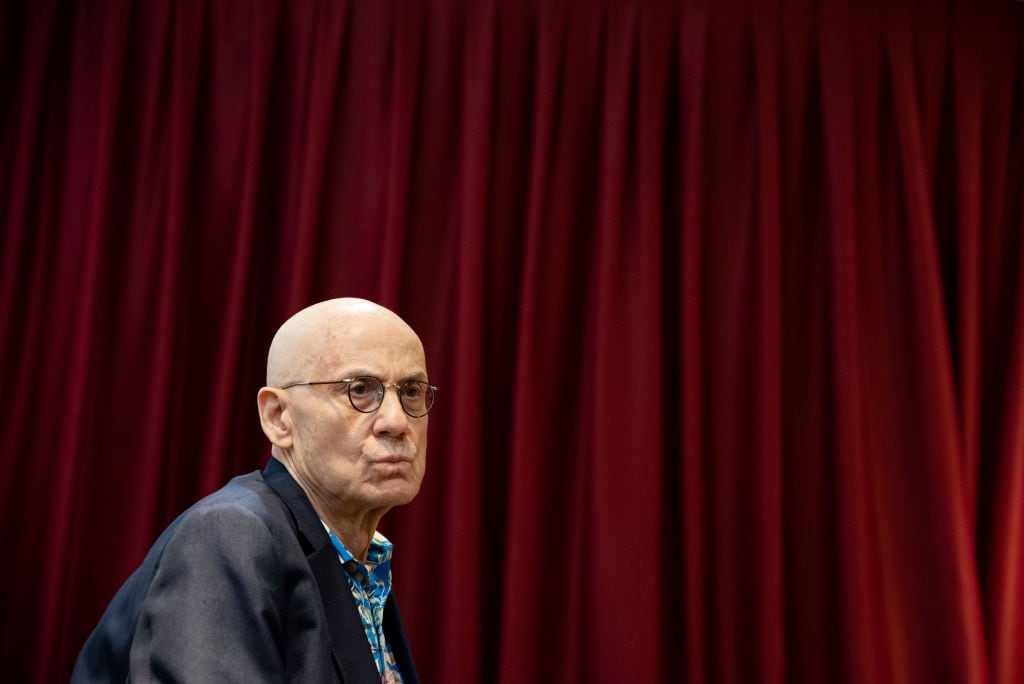In 1987, James Ellroy published The Black Dahliahis approach to one of the most famous unsolved murders in history. With that monumental portrait of Los Angeles, crime and the history of the United States through a police investigation, Ellroy reached his state of literary grace. In 1990 it was the turn of LA Confidentialexcessive and brilliant in equal parts. Curtis Hanson’s film – which the author hates, as he has confessed to me repeatedly – gave it a definitive global reach. Between those two masterpieces of the genre, Ellroy published in 1988 The great desert. Far from being a novel of transition between two commercial and critical triumphs, it is a powerful and dark story, written before knowing the unappealable success of The Black Dahliaat a time when the Los Angeles author took no prisoners. Perhaps, due to its location at such a fruitful and brilliant moment, this novel has gone somewhat unnoticed, but today I come to do justice. Literature Random House reissued the entire quartet a few years ago. This one, specifically, in 2017, so I trust that your booksellers will be able to get it. Here they have their location in Todostuslibros.
The great desert It takes place on New Year’s Eve 1949, in Los Angeles, in the chronological and spatial core that has occupied much of the author’s work. The mutilated corpse of a young man, with his eyes gouged out, is found in a park. The assistant of the sheriff Danny Upsaw, what a character, takes charge of the investigation and quickly becomes obsessed with a case that no one else cares about: the victim is gay, so what difference does it make? If we isolated the pages of Upsaw and its race against the clock to catch a murderer who doesn’t stop killing, we would already have a violent police officer, procedurally perfect and with impeccable pacing. But the ambitious Ellroy mixes it with an investigation of the incipient witch hunt against the left in Hollywood. And there two radically different and fascinating characters come into play and, also, the political labyrinth that the author likes so much and that will acquire a full perspective in the following decade in America y six grand.
The characters: on the one hand, an investigator for the prosecutor, Mal Considine, with a past as a war hero against the Nazis and a conflictive family present; on the other, the most corrupt police officer in Los Angeles, which is to say, a redneck from Oklahoma named Buzz Meeks, a master with the use of the baton, attractive and a womanizer, an unscrupulous guy now in the pay of Mickey Cohen, the great mafia Meeks is a total gambler, he bets on life and careers in equal measure, and in anyone’s hands he would be morally disgusted, but if the best Ellroy believes him, you fall in love with him and pray for his luck. The roster is completed with Dudley Smith, a racist, misogynistic and homophobic lieutenant, a vigilante and undesirable police officer whom all his bosses adore.
The novel skillfully mixes the two levels, the political and the criminal, and understands everything as a whole. The background setting, that of the jazz clubs of the time, serves to give color at the beginning and for the murder plot to find meaning at the end. As we already spoke at the time with The waitby Michael Connelly, it is very difficult to keep all these plots in the air, with various peaks of narrative intensity, and in the end they fit together and flow in a single direction, without artifice, excuses or botched work.
The style is direct, short sentences and leaves room for the internal emotion of the characters. Few authors are capable, inside and outside the genre, of leading the reader to such a degree of identification with detestable characters. It has not yet fallen into those pages full of onomatopoeias and those somewhat disoriented protagonists that we have seen in recent times. There is a lot of crime literature here, a gift for those who want to spend a few hours in hell.
If you read or reread it and are left wanting more, keep in mind that before this quartet I had written The Sergeant Hopkins Trilogy which, thanks to violent and intense novels like blood on the moonalready announced part of the greatness that he would achieve later.
On February 6 he returns with The seducers (in Random House Literature, like all his novels). Some of us do not lose hope that he will return to the path of literary glory, but, just in case, we will always have his classics.

